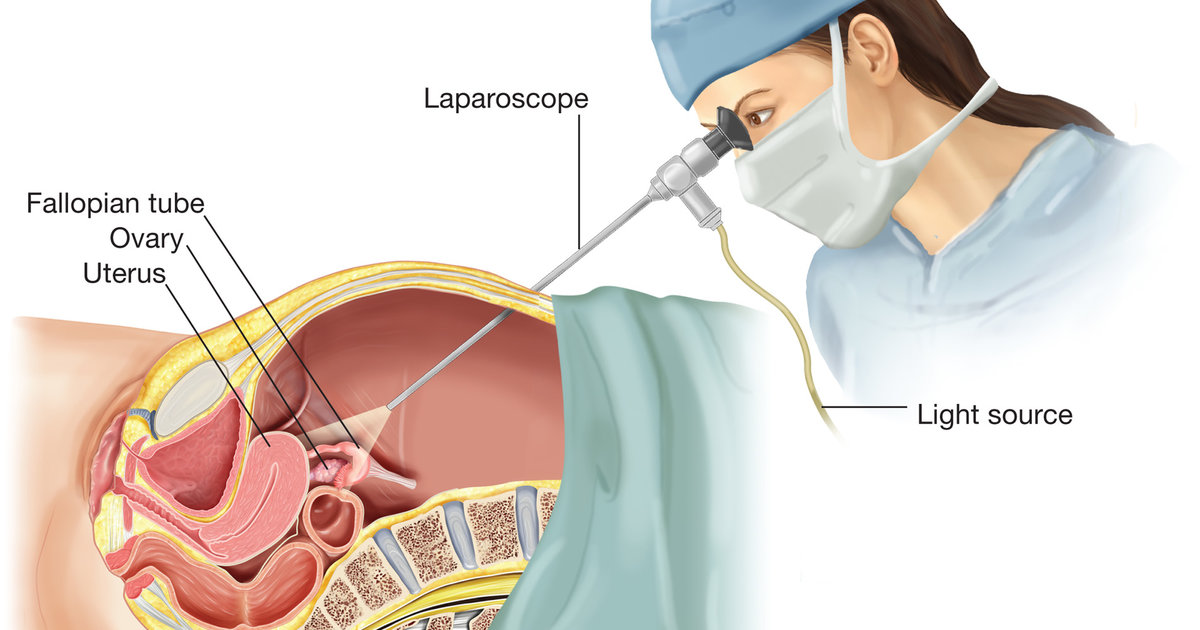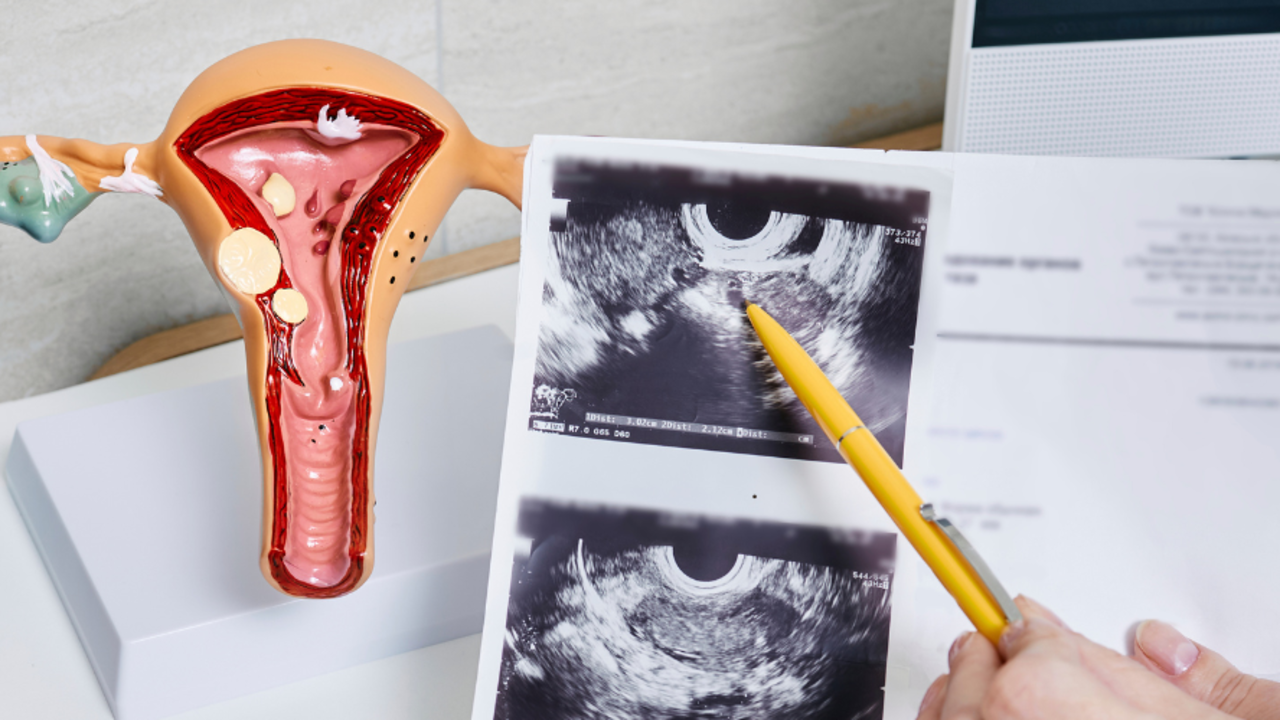Gynae Laparoscopy
Gynae Laparoscopy is a minimally invasive surgical procedure used in the field of Obstetrics & Gynaecology to diagnose and treat various conditions affecting the female reproductive system. It involves inserting a thin, lighted instrument called a laparoscope through a small incision in the abdomen, allowing doctors to view the uterus, fallopian tubes, ovaries, and pelvic region with high precision.
This advanced technique is preferred over traditional open surgery because it offers smaller incisions, reduced pain, faster recovery, minimal scarring, and shorter hospital stays, making it a safe and effective option for women’s healthcare.

